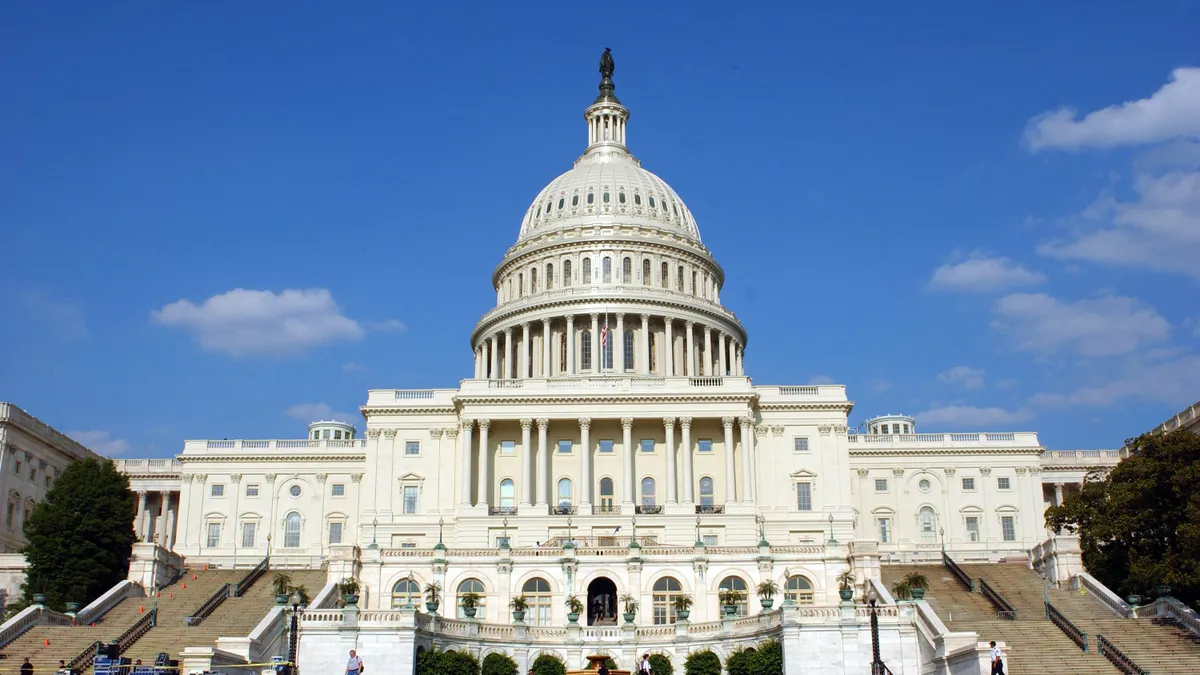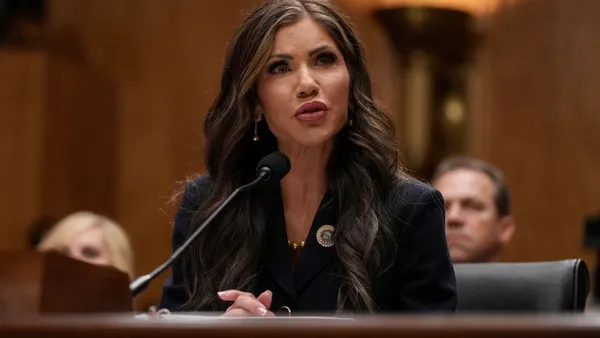Suzan Harris is principal of Henderson Middle School in Jackson, Ga. She is a member of the National Association of Secondary School Principals Board of Directors and the 2023 Georgia Association of Secondary School Principals Middle School Principal of the Year.
Our leaders are quick to talk about the importance of investing in our youth — in their dreams, their learning and their potential. However, their actions can tell a different story, and a chilling one at that.
Last week, the U.S. House of Representatives put our students on the chopping block, introducing a bill that would decimate federal education funding by a staggering 28%.
The bill includes an 80% cut in Title I funding and threatens a nationwide reduction of 220,000 teachers. It also would completely eliminate the nation’s youth public workforce programs, cut funding for social-emotional learning, and gut all of the $2.2 billion in annual Title II funding, which supports teacher and school leader training, recruitment and retention efforts for a profession already suffering from nationwide shortages.
As a principal for six years, I can tell you these cuts would be devastating. Congress must fully equip our educators to support our students as they face an unprecedented academic and mental health crisis. We are fully capable of meeting our current challenges, but we cannot reimagine our education system to better serve future generations when the funding no longer exists.

It’s not like we haven’t told them. In March, I joined 400 of my school leader colleagues from the National Associations of Secondary School Principals (NASSP) and Elementary School Principals (NAESP) on Capitol Hill to ask for needed increases to Title I and Title II funding.
We met with top decision-makers, including leaders in the U.S. Department of Education, members of Congress and legislative staff, to share the concrete ways these resources have improved student outcomes — and what we could do with even more. Just this month, over 40 education organizations signed a letter urging our representatives to protect this funding in their budget proposal. What we received, however, cuts us off at the knees.
These resources drive incredible change. At my rural school, my staff of mostly veteran teachers have craved learning opportunities to grow and better serve their students. Because of our somewhat isolated setting, it’s difficult for our teachers to learn from their peers even within our district, let alone from neighboring ones, or through national conferences.
Title II funds allowed me to give 10 teachers and administrators the opportunity to attend several regional and national conferences this past school year and collaborate with educators from around the country. The fresh ideas they gained transformed our classrooms, from incorporating AI into lessons to ratcheting up the rigor of daily instruction.
To give just one example: A math teacher is now using literacy strategies to transform previously abstract problems into ones relevant to students’ lives, requiring them to apply math to real-world problems and write about their solutions in essays. More benefits are yet to come as these 10 educators prepare to lead our professional development efforts to help their colleagues improve their practice.
While our students’ academic gains afforded by this opportunity speak for themselves, our staff’s renewed investment in education is making the biggest difference. After an exhausting three years weathering the pandemic in an already stressful job, our country’s top educators are running on fumes and seriously considering leaving the profession.
According to an NASSP survey released last year, 73% of school leaders reported that staffing shortages are a problem at their school. The funds that the House voted to zero out are also critical to retaining and growing our excellent educators.
We are asking not for charity, but for an investment that will yield rich dividends in the form of an educated workforce full of confident and resilient citizens.
But we cannot expect change unless we collectively demand it. NASSP is rallying our school and student leaders to call for the funding needed to ensure we give students the learning experiences they need and rightfully deserve. But we can't do it alone. Join us in making the case to your representatives to invest in our students — and in our country’s future.











